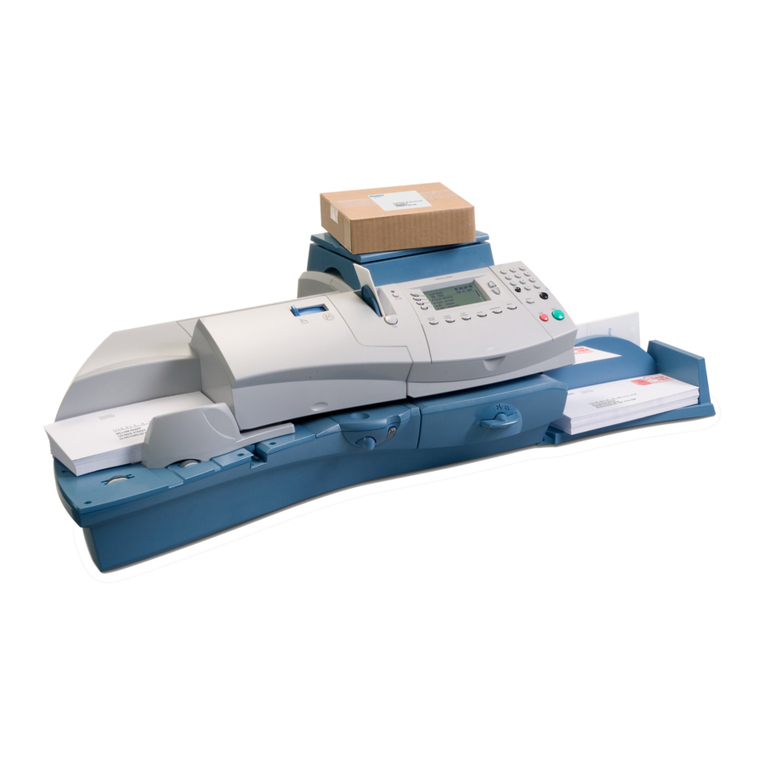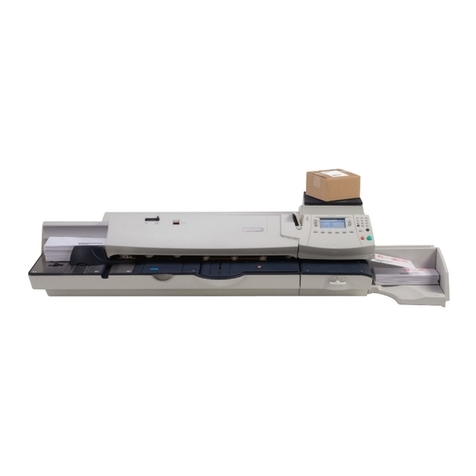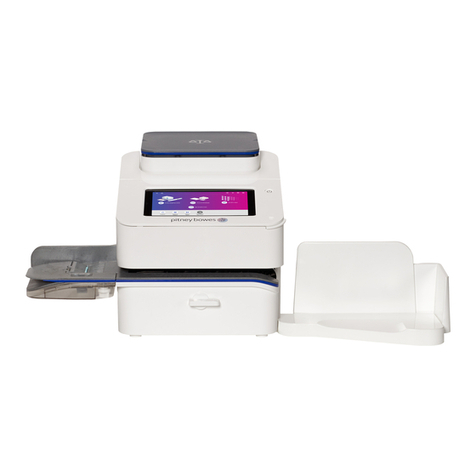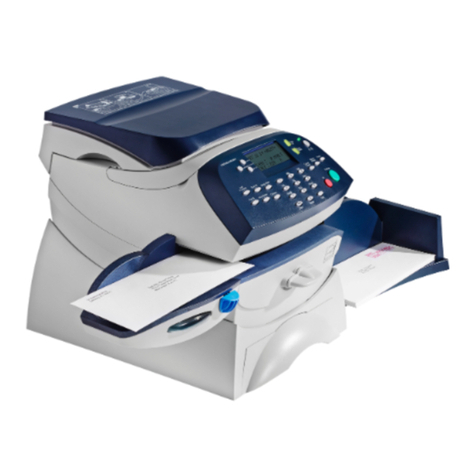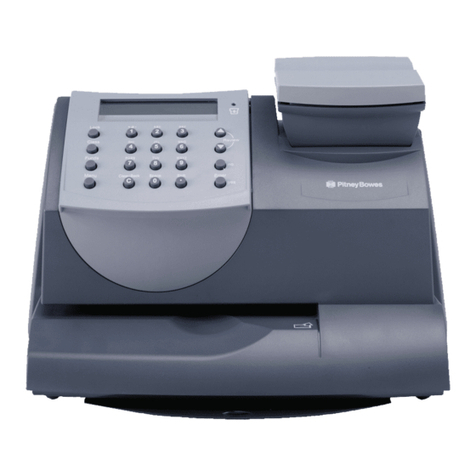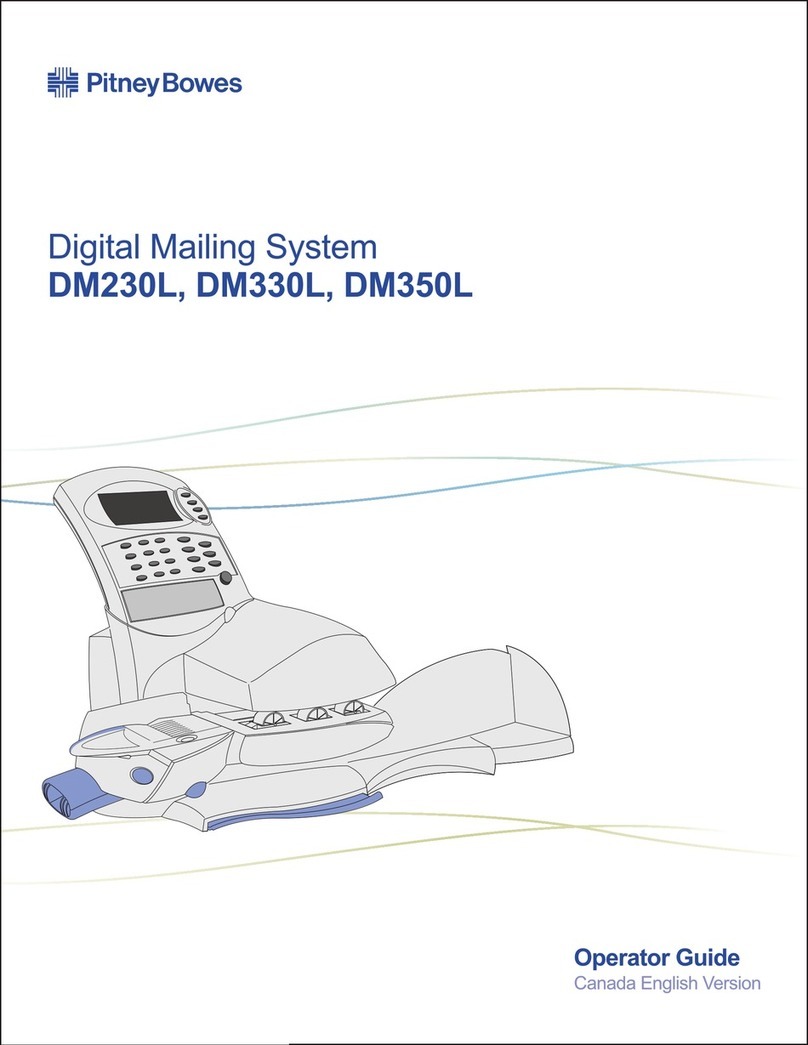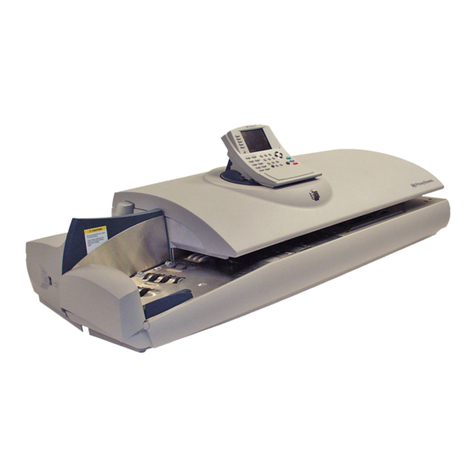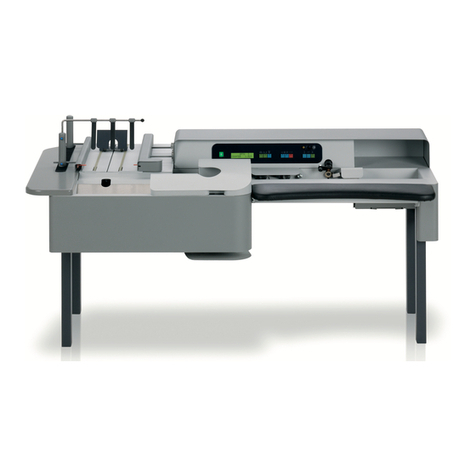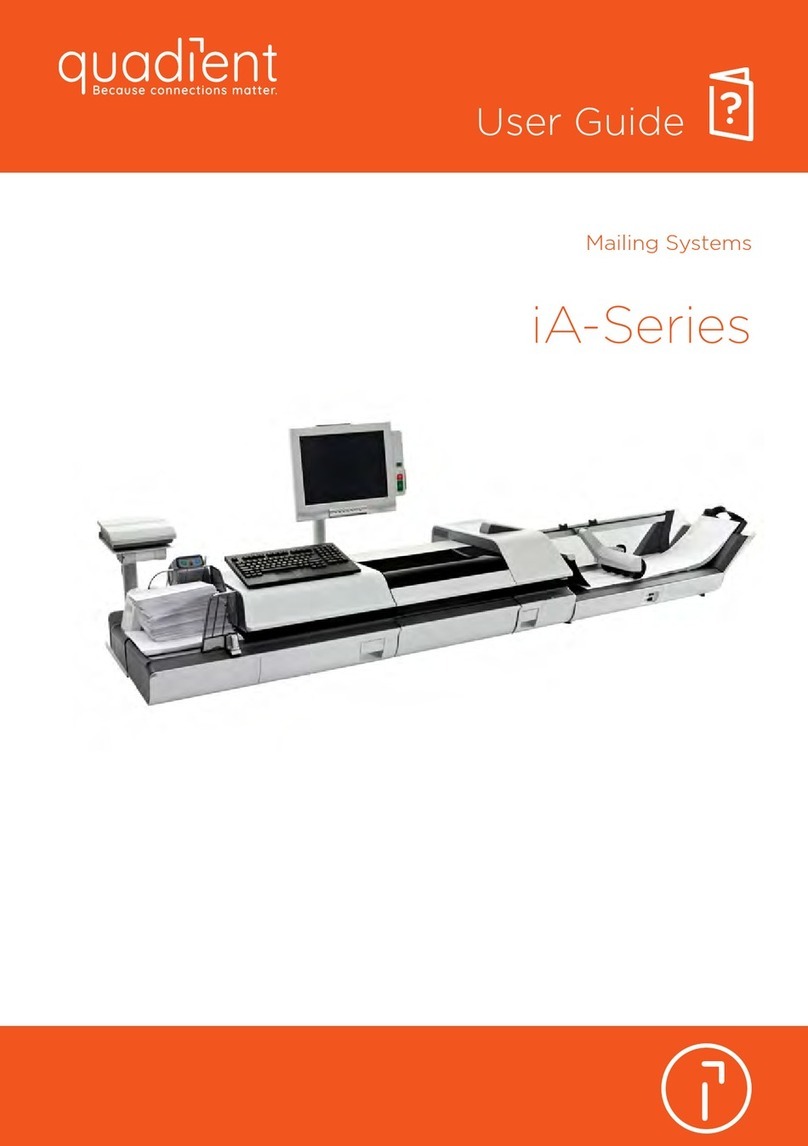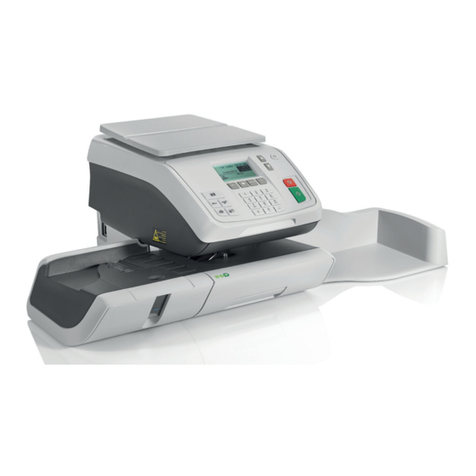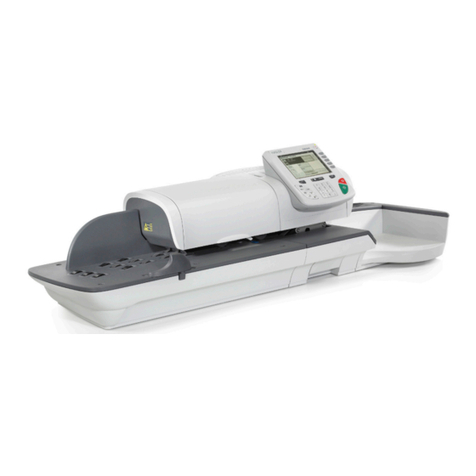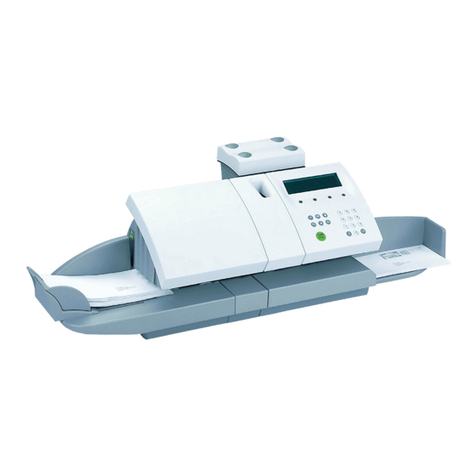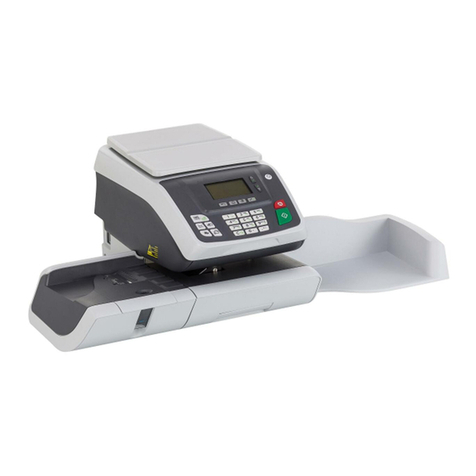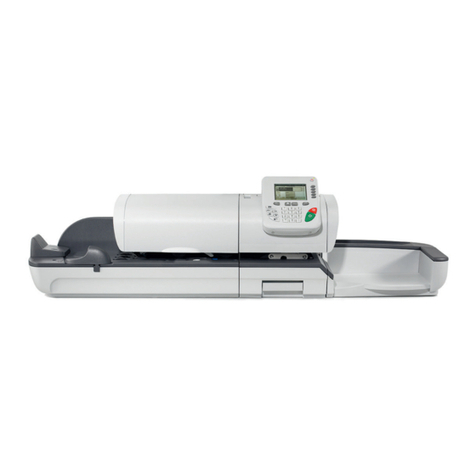
1-2 SDT345A DM100i/DM200i Series Service Manual & Parts List
1 • Introduction
● Use one hand when reaching into a circuit. By keeping one hand free, lethal current is less likely
to pass through vital organs. Observe this rule when connecting or disconnecting plugs or leads,
and when making any adjustments on a live circuit. Don’t underestimate the danger of shock: 1mA
(1/1000 ampere) is uncomfortable; 5 mA (1/200 ampere) is dangerous - the victim may jump back
and be injured; 12 mA (1/83 ampere) causes hand muscles to contract - the victim cannot free
himself; 24 mA (1/40 ampere) has proven fatal; and 100 mA (1/10 ampere) is likely to be fatal.
● Don’t reach into a circuit with metal tools, or while wearing rings or a watch. Even in low voltage
circuits, a metal object can short circuit two terminals.
● Don’t bypass safety devices. Three-wire outlets (220/240 VAC) are designed to ground equipment
to make it safe. If a live wire shorts to a grounded frame, the only result is an open fuse. If a live
wire shorts to an ungrounded frame, the frame itself becomes hot and potentially dangerous. A
fuse is a weak link in a circuit, designed to break down before anything else does. The maximum
safe current in a circuit is determined by the designers. Too large a fuse can pass excessive cur-
rent, damaging expensive equipment. Interlock switches are designed to remove power from a
circuit when an access door, cover or panel is opened. When such a switch is “cheated” or oth-
erwise disabled, a safety device has been bypassed. If you bypass an interlock for service or
diagnostic purposes, use extreme caution.
● If you use air pressure to clean a machine, use low pressure (30 psi or less) and use eye protec-
tion (goggles or face masks).
● When using solvents or cleaning uids, make sure ventilation is adequate.
1.5 EQUIPMENT SAFETY
Just by walking around, you yourself may carry a threat to the equipment, in the form of a high voltage
electrostatic charge. Your body acts as a giant capacitor which can store large amounts of electricity.
Walking across a rug can charge you with several thousand volts, which can discharge in a spark up
to an inch long.
Digital equipment can be easily damaged or destroyed by static charges. Microprocessors and other
ICs contain tiny transistors not much more than a millionth of an inch across, which operate at 5 to
12 volts. You don’t have to see a spark to ruin an IC — 50 volts is enough. Follow these guidelines to
protect sensitive equipment from static damage:
● Ground yourself before reaching into the equipment, or touching any circuit board or other electrical
component. Just touching a doorknob or metal workbench may be enough, but the best guarantee
is to turn the machine off but leave it plugged in, and ground yourself on the chassis, which is
grounded through the three-wire power cord. If you have access to one, bring a grounding strap
and use it.
● Be careful of rugs — even a few steps can recharge you. Re-ground yourself whenever you’ve
walked away and returned to the machine. Rugs are a major source of static buildup in the
body.
